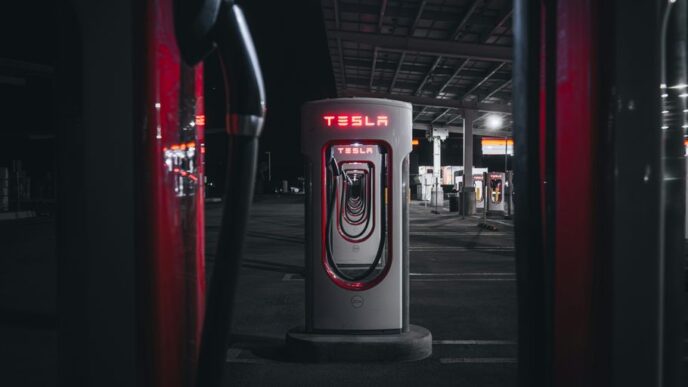Upgrading to a new car radio is a great way to improve sound quality and add more features to your vehicle. However, certain accessories are essential for a successful installation of an aftermarket radio. In this guide, we will explain the most important accessories for installing a car radio and how they can simplify the process. We will cover topics such as autoradio adapter, wiring harnesses, antenna adapters, and other practical solutions to make the installation of your new radio as easy as possible.
- Car Radio Adapter (ISO Adapter)
A car radio adapter is a crucial component for installing an aftermarket radio because it connects the vehicle’s wiring to the new head unit. In Europe, these adapters are standardized and feature two male ISO connectors on one end, which fit into the back of the radio or the supplied wiring harness of the head unit.
On the other end is a vehicle-specific female plastic connector, configured so that all the pins are correctly assigned to the car’s radio socket. This ensures that the power supply and speaker signals are correctly transmitted to the new radio. It provides a simple plug-and-play installation, preventing the need for cutting or soldering wires.
A car radio adapter is essential to ensure that the new radio integrates smoothly into the vehicle without any electrical issues.
- Wiring Harness
The wiring harness is often included with the aftermarket head unit and is necessary if the radio does not have an ISO socket on the back. The wiring harness connects the head unit to the vehicle’s wiring system. It includes various wires that handle the power supply, speaker signals, and other functions such as steering wheel controls.
Additionally, the wiring harness has two female ISO sockets to connect with the car radio adapter, allowing for a seamless connection between the new head unit and the vehicle. This plug-and-play setup simplifies the installation process for the car owner.
- Antenna Adapter
When installing a new radio, an antenna adapter is often needed because many vehicles have specialized antenna connections that aren’t compatible with aftermarket head units. There are several types of antenna adapters:
- ISO angled connector: A standard connector that fits most aftermarket radios.
- DIN connector: A straight pin, commonly used in older radios.
- Fakra adapter: A specialized connector often found in newer vehicles.
In addition, there are antenna adapters with phantom power, which are necessary if the vehicle has an active antenna. These adapters provide power to the antenna, ensuring strong signal reception, which is particularly important for receiving FM and DAB radio stations.
- Installation Kits (Dash Kits)
An installation kit is required to properly fit an aftermarket radio into your vehicle’s radio slot. Modern vehicles often have specific radio dimensions that differ from standard 1-DIN or 2-DIN aftermarket head units. An installation kit ensures that the new radio fits perfectly into the dashboard, both visually and functionally.
These kits are vehicle-specific, making sure that the installation looks professional and there are no gaps or mismatched sections.
- T-Adapter for Amplifier Integration
A T-adapter for amplifier integration allows you to connect an external amplifier to a factory-installed head unit that lacks RCA (cinch) outputs. Many factory radios only use high-level outputs, which are not compatible with an amplifier’s RCA inputs.
The T-adapter converts the signal, enabling it to be processed by the amplifier through its high-level inputs. This allows you to add an amplifier to your system without disrupting the functionality of the factory head unit. The T-adapter routes the signals to both the head unit and the amplifier, ensuring that both devices work together seamlessly.
- Steering Wheel Control Adapter
A steering wheel control adapter is necessary to retain the functionality of steering wheel buttons when installing an aftermarket head unit. Many modern vehicles are equipped with steering wheel controls that allow the driver to adjust the volume, change radio stations, or answer calls without taking their hands off the wheel.
With a vehicle-specific adapter, these functions can be maintained with the new head unit, enhancing both convenience and safety.
- Noise Filters
After installing a new radio, you may experience unwanted noise, such as static, buzzing, or humming in the audio system. These noises are often caused by the vehicle’s electrical system, such as the alternator or ignition. Noise filters eliminate these sounds by blocking high-frequency interference that affects the audio signal.
The filter is installed between the power cable or audio cables of the radio and ensures that the sound is clean and free of interference. Installing a noise filter is particularly useful in older vehicles or those with complex electrical systems.
Conclusion
Installing an aftermarket car radio is a relatively simple process, but it can be made even easier and more efficient with the right accessories. Autoradio Einbauset, wiring harnesses, installation kits, and antenna adapters are essential to ensure that the new head unit fits seamlessly into your vehicle and functions optimally.
With the proper accessories, the installation of your new head unit becomes a plug-and-play experience, saving you time and avoiding expensive workshop fees.












